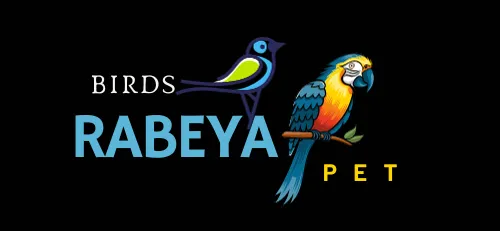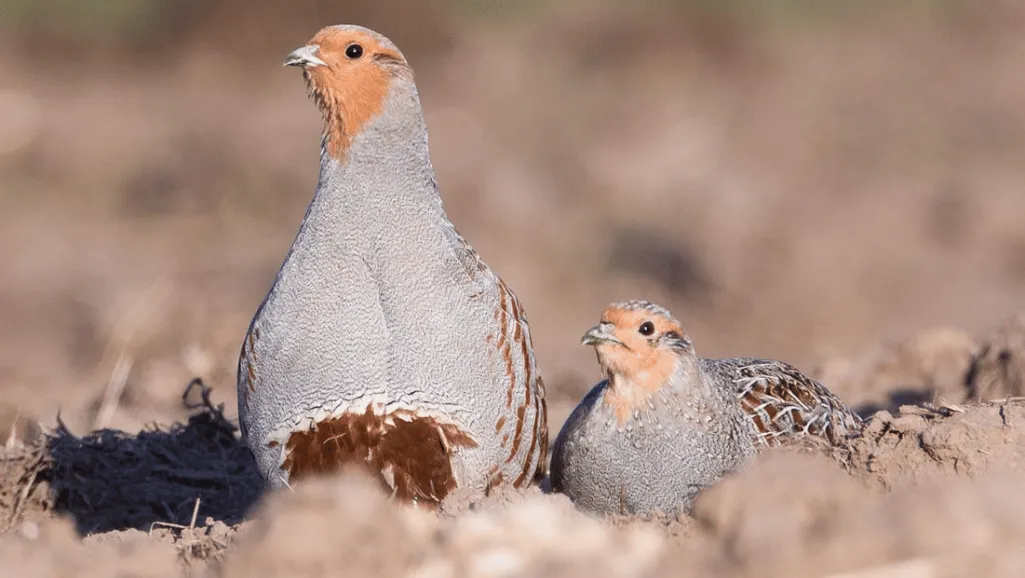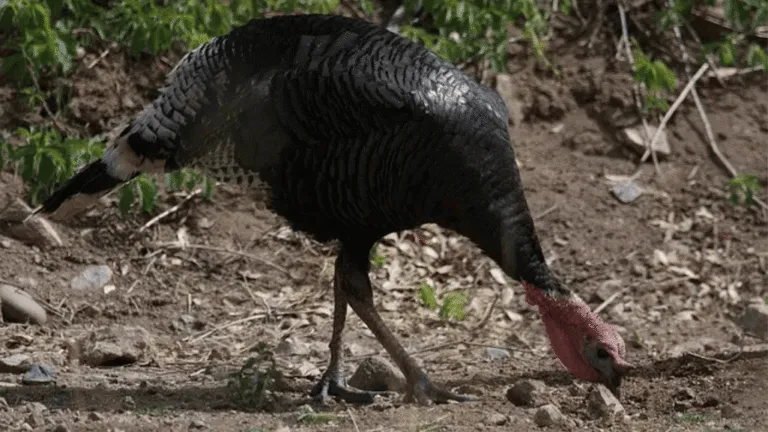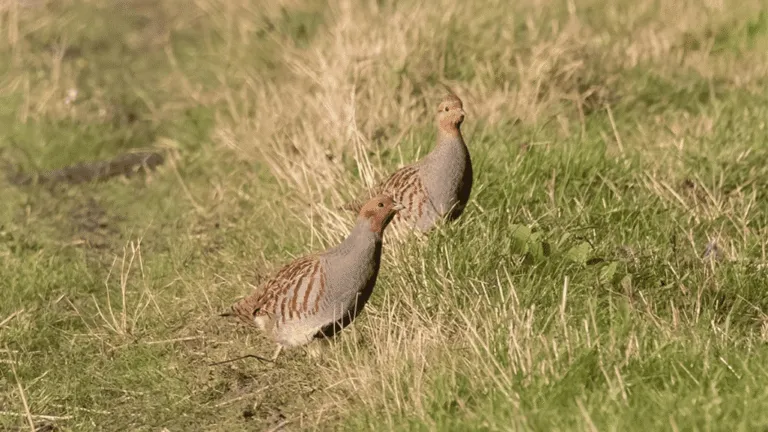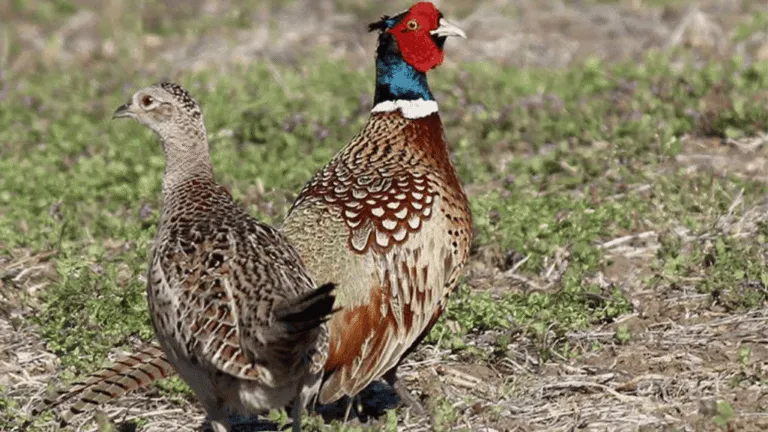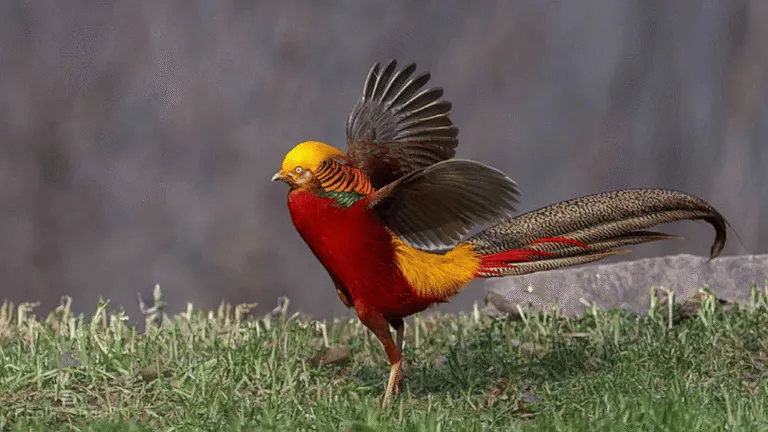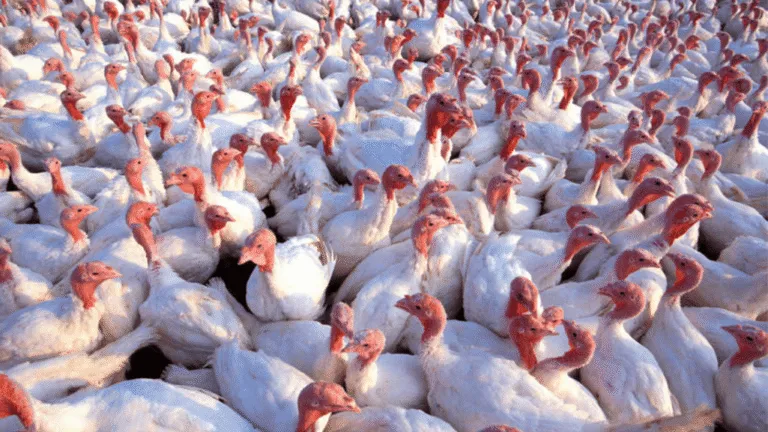The Gray Partridge, scientifically known as Perdix perdix, is a fascinating bird species found in North America. Commonly referred to as the Gray Partridge or Hungarian partridge, it was introduced from Europe in the early 1900s and has since become widespread and common in many areas. While the North American population may be lower now than in the 1950s, it is still relatively abundant, making it an interesting subject for bird enthusiasts and wildlife conservationists.
Key Takeaways:
- The Gray Partridge, or Perdix perdix, is a game bird found in North America.
- Introduced from Europe in the early 1900s, it has become widespread and common in many areas.
- The North American population may be lower now than in the 1950s, but it is still relatively abundant.
- The Gray Partridge is known for its distinctive appearance and behavior, making it a popular target for bird hunters.
- Conservation efforts are important to ensure the continued survival and sustainability of this unique bird species.
Physical Characteristics of the Gray Partridge
The Gray Partridge, also known as Perdix perdix or the Hungarian partridge, is a portly game bird with distinct physical characteristics.
The bird has a rusty face, with streaks down the sides, and a dark belly patch. Adult males are particularly vibrant, displaying unique plumage and markings that set them apart.
Interestingly, the Gray Partridge has a relatively short lifespan, with adult birds typically living for around 1.8 years. However, they make up for this by laying a large number of eggs. Female Gray Partridges have clutch sizes ranging from 10 to 22 eggs, contributing to the sustainability of their population.
This striking bird species is frequently hunted by bird enthusiasts, making it a popular target for game bird hunting.
Habitat and Diet of the Gray Partridge

The Gray Partridge, a versatile upland bird species, can be found in a variety of habitats including agricultural fields, grasslands, and areas with hedgerows. This adaptable bird species has the ability to thrive in different environments, allowing it to establish populations in various regions.
The diverse diet of the Gray Partridge consists primarily of seeds and greens. They have a particular preference for the seeds of crops such as wheat, barley, oats, and corn. Additionally, they also consume seeds from sunflowers, foxtail, ragweed, and Russian thistle. This broad range of food sources enables them to sustain their nutritional needs throughout different seasons.
During the winter months, when heavy snow cover limits access to their preferred food sources, Gray Partridges may expand their foraging areas to include adjacent wooded areas. This adaptation showcases their resourcefulness and ability to adjust their feeding habits to the ever-changing conditions of their habitat.
Please note that the table below illustrates the variety of food sources that Gray Partridges rely on for their diet:
| Preferred Seeds | Preferred Greens |
|---|---|
| wheat | foxtail |
| barley | ragweed |
| oats | Russian thistle |
| corn | – |
| sunflower | – |
The Gray Partridge’s ability to adapt to different habitats and their diverse diet make them a resilient and successful bird species. By conserving their preferred habitats and promoting sustainable land management practices, we can ensure the continued presence of this fascinating upland bird and preserve the biodiversity of our ecosystems.
Nesting and Behavior of the Gray Partridge
Gray Partridges, also known as Perdix perdix, exhibit fascinating nesting behaviors. They prefer to nest on the ground, often choosing fields, hedgerows, and roadsides as their nesting sites. The female partridge creates a shallow depression or scrape on the ground, lining it with grasses or crop stalks to provide a comfortable and secure nest for their eggs.
Females have the remarkable ability to lay a large number of eggs, typically between 10 to 22 eggs per clutch. The incubation period for these eggs lasts for approximately 21 to 26 days as the female diligently sits on the nest, protecting and nurturing the developing embryos.
Once hatched, the young Gray Partridges are incredibly independent and capable of leaving the nest shortly after birth. These adorable chicks are covered in down, providing them with initial protection and insulation as they begin their journey in the world.
Gray Partridges are social birds, often forming groups or coveys to navigate their habitat and search for food. These coveys exhibit cooperative behaviors, such as walking or running together in a synchronized manner. Foraging primarily during the twilight hours of dawn and dusk, they venture out in search of seeds, greens, and other vegetation to sustain themselves.
When it comes to rest, Gray Partridges often seek refuge in open cover areas or crop stubble during the day. These strategic resting spots provide both security and camouflage, ensuring their safety from predators and other potential threats.
Nesting and Behavior Summary:
- Gray Partridges nest on the ground, usually in fields or along hedgerows and roadsides.
- The female creates a scrape or shallow depression and lines it with grasses or crop stalks.
- Females can lay a large number of eggs, with an incubation period of 21 to 26 days.
- The young partridges can leave the nest shortly after hatching and are covered in down.
- Gray Partridges form social groups or coveys and exhibit cooperative behavior.
- Foraging occurs mainly at dawn and dusk, with resting in open cover or crop stubble during the day.
Understanding the nesting and behavior patterns of the Gray Partridge is essential for wildlife conservation efforts and the preservation of this remarkable bird species.
Conservation Status of the Gray Partridge
The Gray Partridge (Perdix perdix) is a remarkable bird species that plays a crucial role in wildlife conservation efforts. While it is common throughout its native range, the species faces challenges and has experienced population declines in certain regions, particularly in North America.
Global Breeding Population
The global breeding population of Gray Partridges is estimated to be around 13 million. This indicates that the species is not currently considered to be at high risk of extinction or in urgent need of conservation action. However, it is important to monitor their populations and implement effective conservation measures to ensure their long-term survival.
Regional Population Declines
In certain regions, such as Indiana, Michigan, and Ohio, populations of Gray Partridges have been lost entirely, while others have experienced declines. The exact causes for these declines are not fully understood, but several factors may contribute to the decrease in numbers.
- Predation: Gray Partridges are preyed upon by various animals, including skunks, raccoons, foxes, Great Horned Owls, Red-tailed Hawks, Prairie Falcons, Northern Harriers, and domestic cats and dogs. Increased predation pressure can impact the survival rates of these birds.
- Severe Weather Conditions: Extreme weather events, such as severe storms or prolonged periods of drought, can have adverse effects on the Gray Partridge population. These conditions may lead to habitat destruction, food scarcity, and reduced reproductive success.
- Intensification of Agriculture: The intensification of agriculture, including the use of pesticides and the removal of hedgerows, can negatively impact the habitat and food sources available to Gray Partridges. This can result in reduced breeding success and population declines.
While Gray Partridges are not currently considered to be a species of high conservation concern, their declining populations underscore the importance of proactive wildlife conservation efforts. By addressing the contributing factors and implementing sustainable land management practices, we can help protect and restore the populations of this fascinating bird species.
Key Points:
- The global breeding population of Gray Partridges is estimated to be around 13 million.
- Populations in some regions, such as Indiana, Michigan, and Ohio, have been lost, while others have experienced declines.
- Predation, severe weather conditions, and the intensification of agriculture may contribute to population declines.
- Gray Partridges are not considered a species of high conservation concern but still require attention in wildlife conservation efforts.
Climate Threats Facing the Gray Partridge
The Gray Partridge population faces significant threats from climate change, which can have detrimental effects on its habitat and overall well-being. As temperatures continue to rise, the range of the Gray Partridge may undergo substantial changes, impacting their distribution and abundance.
These climate change-driven threats not only endanger the Gray Partridge but also have implications for other wildlife and even human populations. The loss or alteration of suitable habitats, disruptions in food availability, and changes in weather patterns can have far-reaching consequences for ecosystems and biodiversity.
It is crucial to closely monitor the effects of climate change on the Gray Partridge and implement proactive wildlife conservation measures. By understanding the specific challenges this bird species faces, conservationists can design targeted strategies to mitigate the potential negative impacts of climate change and preserve their populations.
Note: The image above depicts a gray partridge in its natural habitat. As this bird species faces climate threats, wildlife conservation efforts play a crucial role in ensuring its long-term survival.
Factors Affecting the Gray Partridge Population
Several factors contribute to the decline or loss of Gray Partridge populations. In regions where farmers have removed hedgerows and increased pesticide use, populations have experienced declines. This habitat loss and increased chemical exposure disrupt the natural balance and availability of resources for these bird species. Additionally, predation by skunks, raccoons, foxes, Great Horned Owls, Red-tailed Hawks, Prairie Falcons, Northern Harriers, and domestic cats and dogs also affects the survival rates of Gray Partridges. These predators pose a significant threat to their population numbers.
Another factor that impacts the Gray Partridge population is severe weather conditions. Harsh winters with heavy snow cover can limit access to food sources and increase mortality rates, especially for fledglings and young birds. Furthermore, changes in agricultural practices, such as the use of heavy machinery and the alteration of natural vegetation, can result in the destruction of nests and a decrease in suitable foraging areas.
It is essential to address these factors and implement effective wildlife conservation strategies to protect the Gray Partridge population. Encouraging farmers to preserve hedgerows and adopt sustainable agricultural practices that minimize the use of pesticides can help create a more favorable environment for these bird species. Furthermore, collaborating with landowners and policymakers to create protected areas and habitats that mimic the natural landscape can provide essential refuge for the Gray Partridge.
Balancing agricultural productivity and wildlife conservation is crucial for the survival of the Gray Partridge. By promoting sustainable land management practices, fostering awareness about the importance of these bird species, and working together, we can ensure a thriving future for the Gray Partridge population and the biodiversity of our ecosystems.
Conclusion
The Gray Partridge, also known as Perdix perdix, is a fascinating bird species that has successfully adapted to various habitats, including natural and agricultural environments. However, this unique bird faces numerous challenges, such as habitat loss, climate change, and predation.
To ensure the long-term survival and sustainability of the Gray Partridge and other avian species, proactive wildlife conservation efforts are essential. It is crucial to raise awareness about the importance of preserving their habitats and implementing sustainable land management practices.
Through these conservation measures, we can protect the Gray Partridge and contribute to the overall biodiversity and health of our ecosystems. By safeguarding this bird species, we also support the interconnectedness of wildlife and the natural world. Let us strive to create a future where the Gray Partridge and other bird species thrive in their native habitats.
Frequently Asked Questions
What is the scientific name of the Gray Partridge?
The scientific name of the Gray Partridge is Perdix perdix.
Is the Gray Partridge native to North America?
No, the Gray Partridge was introduced from Europe in the early 1900s.
Where can the Gray Partridge be found?
The Gray Partridge can be found in agricultural fields, grasslands, and areas with hedgerows.
What do Gray Partridges eat?
Gray Partridges primarily forage on seeds and greens, including those from wheat, barley, oats, corn, sunflower, foxtail, ragweed, and Russian thistle.
How do Gray Partridges nest?
Gray Partridges nest on the ground, usually in fields or along hedgerows and roadsides.
What is the global breeding population of Gray Partridges estimated to be?
The global breeding population of Gray Partridges is estimated to be around 13 million.
What are the threats to the Gray Partridge population?
The main threats to the Gray Partridge population include habitat loss, climate change, predation, and changes in agricultural practices.
What can be done to protect the Gray Partridge?
Proactive wildlife conservation efforts, such as preserving habitats and implementing sustainable land management practices, can help protect the Gray Partridge and ensure its survival.

